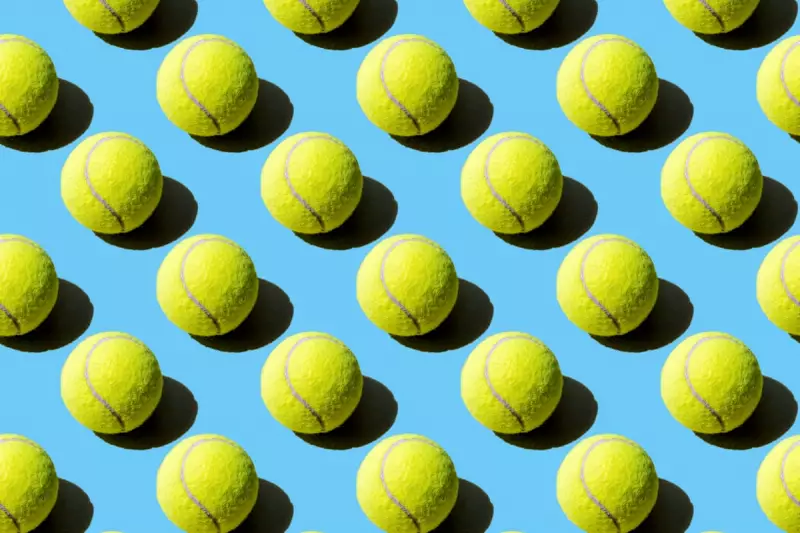
The familiar thwack of tennis ball meeting racquet is undergoing a dramatic transformation across courts worldwide, and not everyone is celebrating the change. A growing chorus of professional players, coaches, and sports scientists are raising alarm bells about the new generation of tennis balls they claim are altering the game's very fabric while contributing to an unprecedented wave of injuries.
The Fluff Factor: What's Really Changed?
Modern tennis balls are engineered for maximum performance and durability, but this comes at a cost. The primary complaint centres around the excessive fluffing that occurs shortly after play begins. Unlike traditional balls that maintained consistent play characteristics, today's versions transform dramatically within just a few games.
"We're essentially playing with different equipment by the third set compared to the first," explains veteran coach Michael Johnson. "The balls become heavier, slower, and completely change the dynamics of rallies and player strategy."
Injury Epidemic: The Human Cost of High-Tech Balls
The physical toll on players has become impossible to ignore. Sports medicine specialists report a significant increase in shoulder, elbow, and wrist injuries directly correlated with the heavier, fluffier balls.
- Shoulder strain from the increased effort required to generate power
- Tennis elbow flare-ups due to additional vibration and impact forces
- Wrist injuries from compensating for unpredictable ball behaviour
Dr. Sarah Chen, a leading sports physician, confirms: "We're seeing patterns of repetitive stress injuries that align perfectly with the changed physical properties of modern tennis balls. The additional weight and drag forces players to exert more energy with every stroke."
Professional Players Break Their Silence
Several top-ranked professionals have begun speaking out about the equipment crisis. "You have to completely adjust your technique mid-match," reveals one tournament veteran who requested anonymity. "The balls become like playing with wet sponges by the second set. It's changing how we train and compete."
Another rising star commented: "The injury risk is real. When the balls fluff up, you're hitting through more resistance with every shot. Your arm takes the punishment."
The Science Behind the Problem
Laboratory analysis reveals the technical reasons behind the players' complaints:
- Increased surface area from excessive fluff creates more air resistance
- Moisture absorption makes balls significantly heavier during play
- Inconsistent bounce affects timing and stroke mechanics
- Reduced velocity forces players to generate more power manually
What's Next for Tennis Equipment?
The tennis community is now demanding action from governing bodies and manufacturers. Key changes being proposed include:
- Stricter quality control standards for ball consistency
- Revised testing protocols that account for real-match conditions
- Player consultation in equipment development processes
- Independent research into the injury correlation
As one coach starkly put it: "We're at a crossroads. Do we prioritize equipment durability over player health and the integrity of the game? The current path is unsustainable."
The debate continues to rage from club courts to Grand Slam tournaments, with players, coaches, and fans alike wondering if the soul of tennis is being sacrificed at the altar of technological progress.





